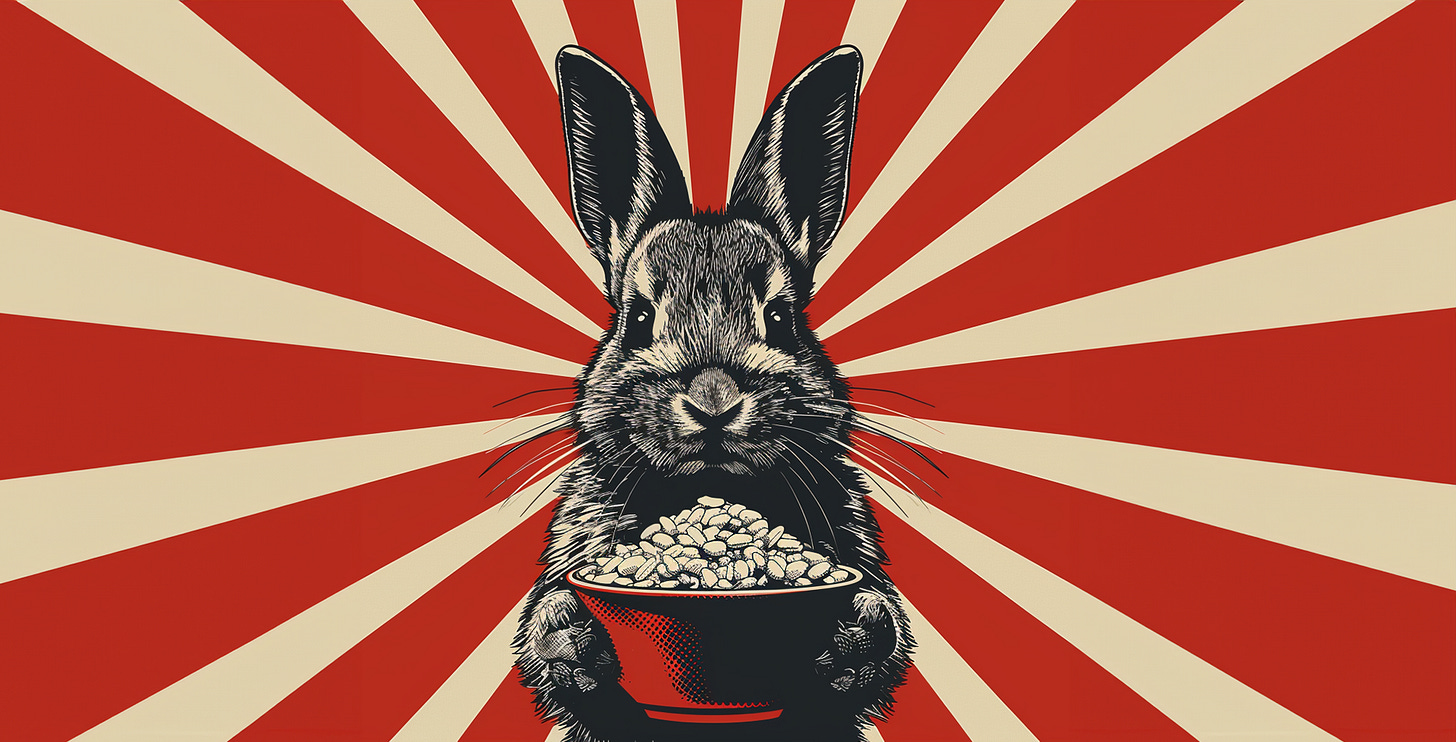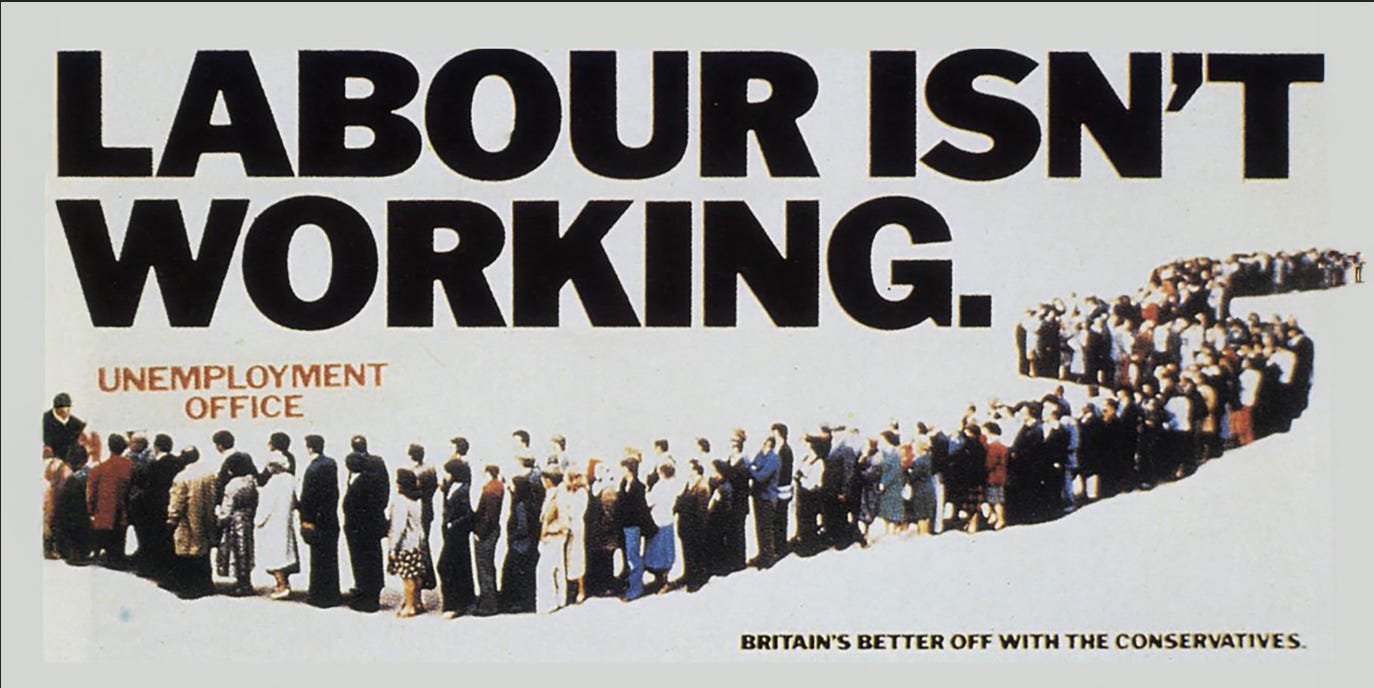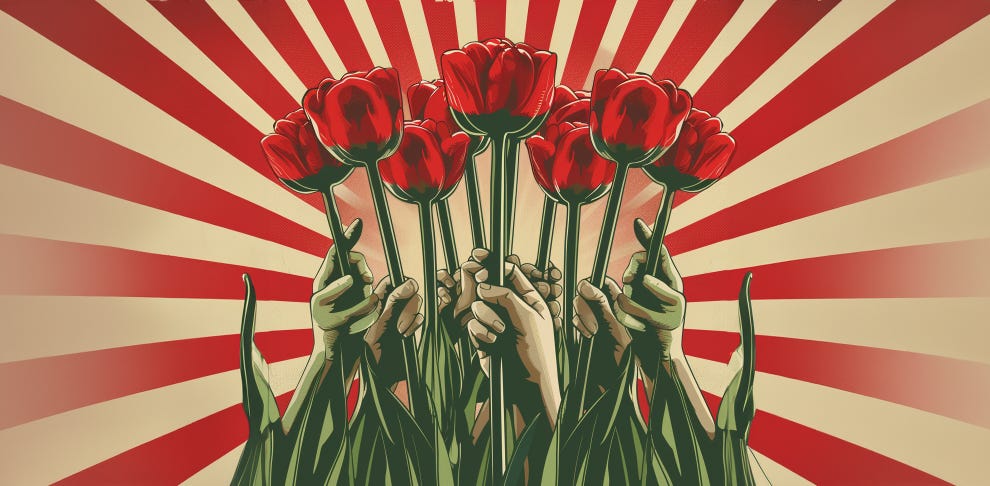The Serious Business of Word Play.
Long derided in advertising yet forging social change in China, puns can play a valuable role when it comes to communication.
Wordplay is seen as a bit of a joke in adland. The pun has been ridiculed in the halls of creative departments for decades. In the real world however, they have long been a celebrated part of culture and today they are driving social revolution and free speech in a world of censorship. Let's embrace the pun for what it is - an innovative art form at the heart of technological, cultural and social transformation.
Puns have been found in ancient Egypt, The Tanakh and in Mayan hieroglyphics. Alfred Hitchcock believed puns to be the highest form of literature and over three thousand of them have been found in Shakespearean plays. Three hundred years ago, Henry Erskine countered the statement that “a pun is the lowest form of wit” by adding “and therefore the foundation of all.”
Puns are at the forefront of musical progress. John Lennon loved a bit of wordplay, changing the original 'Beetles' to "Beatles" to reflect their beat group origins. The Dead Kennedys, the original pun(k) band, named themselves after the only Kennedy still alive at the time, and fired 3 minute satirical missiles into the mainstream. The Dandy Warhols outlived Andy's predicted 15 minutes of fame and Camper van Beethoven, Ringo Deathstaar and Joy Orbison prove that wordplay is still a strong force spearheading today's musical landscape.
Good Will Hunting, Shaun Of The Dead, Shanghai Noon, Ratatouille, The King's Speech and a personal favourite, Sister Act 2: Back in The Habit are all fantastic homophones found in film.
It's not all a laugh a minute though. The UK's most famous poster "Labour Isn't Working" is a pun that toppled a government demonstrating the serious intentions of word play.
More recently this determined application of paronomasia has seen social media users in China perfect language play to discuss an ever-lengthening list of banned or controversial topics.
When #metoo, the hashtag used to discuss sexual harassment was banned in China puns came to the rescue. Users created a new hashtag to beat the censors and keep the conversation alive. Using the characters for rice (米, pronounced “mí”) and bunny (兔, pronounced “tù”) they adopted the equivalent emojis 🍚🐰to continue the conversation and dodge the all seeing eyegorithm.
Another case saw Chinese social media users urge the people of Holland to "wake up and demand their tulips back." Not because they had an interest in Dutch horticulture but because the word for Henan, a province in China where bank deposits were being frozen sounded similar to Helan, the Mandarin for Netherlands. By swapping the names and being creative with the language, social media users were able to dodge the ban and keep the conversation alive.
Similar tactics have been used by Chinese citizens to escape online censorship around covid policy, government criticism, corruption and societal burnout. All topics which are banned but thrive due to the art of the pun. The inventive wordplay hides the prohibited discussions in plain sight, eschewing the authorities and the inevitable, unimaginable consequences.
Great puns have also been saluted in advertising. Perrier's 'Eau Naturel' campaign ran for over a decade. The more recent Cannes Gold winning GAYTMS, the delicious 'Send Noods' from Kraft Mac n Cheese and 2022's idea of the year, Reddit's Superb Owl have all struck a chord with Joseph Public.
Homophones have been a long existing literary and cultural tradition. Puns transform global culture and are at the forefront of emerging media and technology. Executed well, they resonate hard. So adland, let's stop with the homophonia and embrace the art of the pun.
* First published in Creative Review



